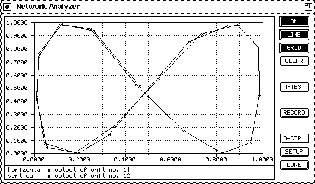

For example, peaks can be quickly identified and connection bottlenecks in the network optimized. On the one hand, this helps to assess the impact of certain applications on the network. Finally, an inspection of network flow can be used to determine how much network bandwidth an application requires. The data also helps with capacity planning in the network. It also enables the administrator to detect any anomalies that may indicate malware or other undesirable network events. With flow examination, the administrator is able to know who is doing what, when and where in the network, and how the data traffic flows in their infrastructure. Many producers now support this protocol with their devices. With IPFIX, the IETF (Internet Engineering Task Force) has also introduced an industry standard for the export of flow data records based on NetFlow version 9. It provides information about who is using which port, and how much bandwidth each application is using on each port. It thus enables more thorough root cause analysis, helping to identify bottlenecks in the network more quickly.Īlthough other analysis techniques from other network manufacturers, such as J-flow from Juniper Networks, NetStream from Huawei or Rflow from Ericsson, are now available, Cisco's technique is the most common. A flow data record thus provides information about who is talking to whom in the network, and over which protocols.

Network flow is meta-information derived from the data traffic. the bandwidth on the different network interfaces, the status and/or the utilization of the devices in the system.Īdministrators who require a more in-depth analysis of their network should therefore use monitoring software that offers more advanced functions, such as examining and monitoring the network flow. This provides – if the protocol is implemented correctly – a very good insight into the network utilization, e.g. Since most monitoring solutions work with SNMP, they depend on the data provided by the SNMP agent. How extensive this is depends primarily on the information that the respective software receives from the various network components. Most network monitoring tools already provide many interesting insights into a network.


 0 kommentar(er)
0 kommentar(er)
